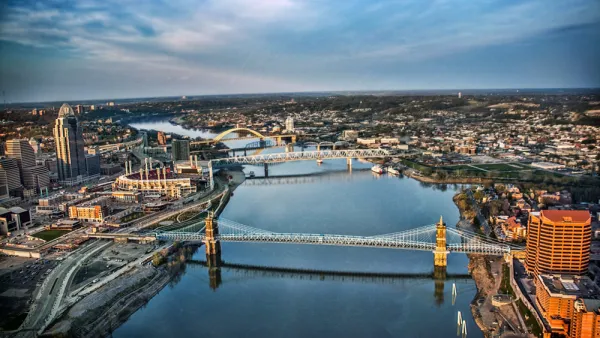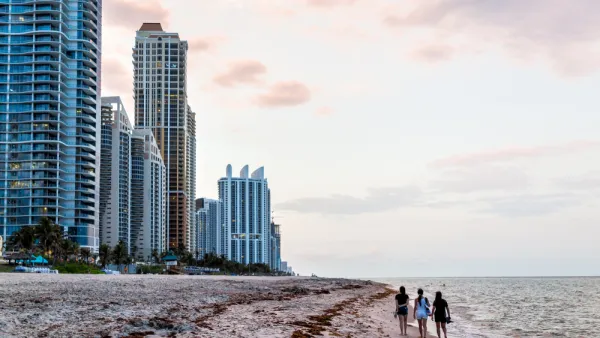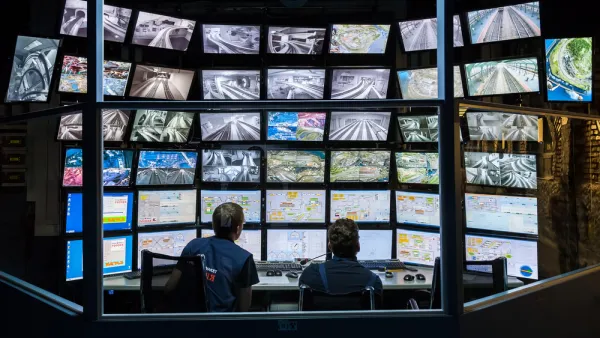That's the question the Vancouver Planning Commission has been tossing around with the public for the last year or so, as they prepare a "Change Charter" for City Hall.
"Most of Vancouver's built form -- the buildings, roads and man-made public spaces -- is relatively new. Few of the small collection of buildings constructed around the time of Vancouver's birth remain today. Most have been adapted for modern re-use.
It is hard to imagine how most of our modern-day buildings might be adapted over time to meet future needs. For example, can you imagine the many highrises that sit atop townhouse-wrapped podiums in Vancouver's downtown south being transformed into buildings that might accommodate light technical manufacturing or even educational institutional uses 100 years from now?
The way we design and construct buildings today, it is hard to imagine those structures will still be standing a century from now.
One possible direction that Vancouver could head in addressing the widespread concern about housing affordability and choice is to rethink the form and layout of Vancouver's single-family neighbourhoods and their limited building types to adapt to the growing need for change."
FULL STORY: Keeping a bit of the past for the future

National Parks Layoffs Will Cause Communities to Lose Billions
Thousands of essential park workers were laid off this week, just before the busy spring break season.

Retro-silient?: America’s First “Eco-burb,” The Woodlands Turns 50
A master-planned community north of Houston offers lessons on green infrastructure and resilient design, but falls short of its founder’s lofty affordability and walkability goals.

Delivering for America Plan Will Downgrade Mail Service in at Least 49.5 Percent of Zip Codes
Republican and Democrat lawmakers criticize the plan for its disproportionate negative impact on rural communities.

Test News Post 1
This is a summary

Test News Headline 46
Test for the image on the front page.

Balancing Bombs and Butterflies: How the National Guard Protects a Rare Species
The National Guard at Fort Indiantown Gap uses GIS technology and land management strategies to balance military training with conservation efforts, ensuring the survival of the rare eastern regal fritillary butterfly.
Urban Design for Planners 1: Software Tools
This six-course series explores essential urban design concepts using open source software and equips planners with the tools they need to participate fully in the urban design process.
Planning for Universal Design
Learn the tools for implementing Universal Design in planning regulations.
EMC Planning Group, Inc.
Planetizen
Planetizen
Mpact (formerly Rail~Volution)
Great Falls Development Authority, Inc.
HUDs Office of Policy Development and Research
NYU Wagner Graduate School of Public Service





























